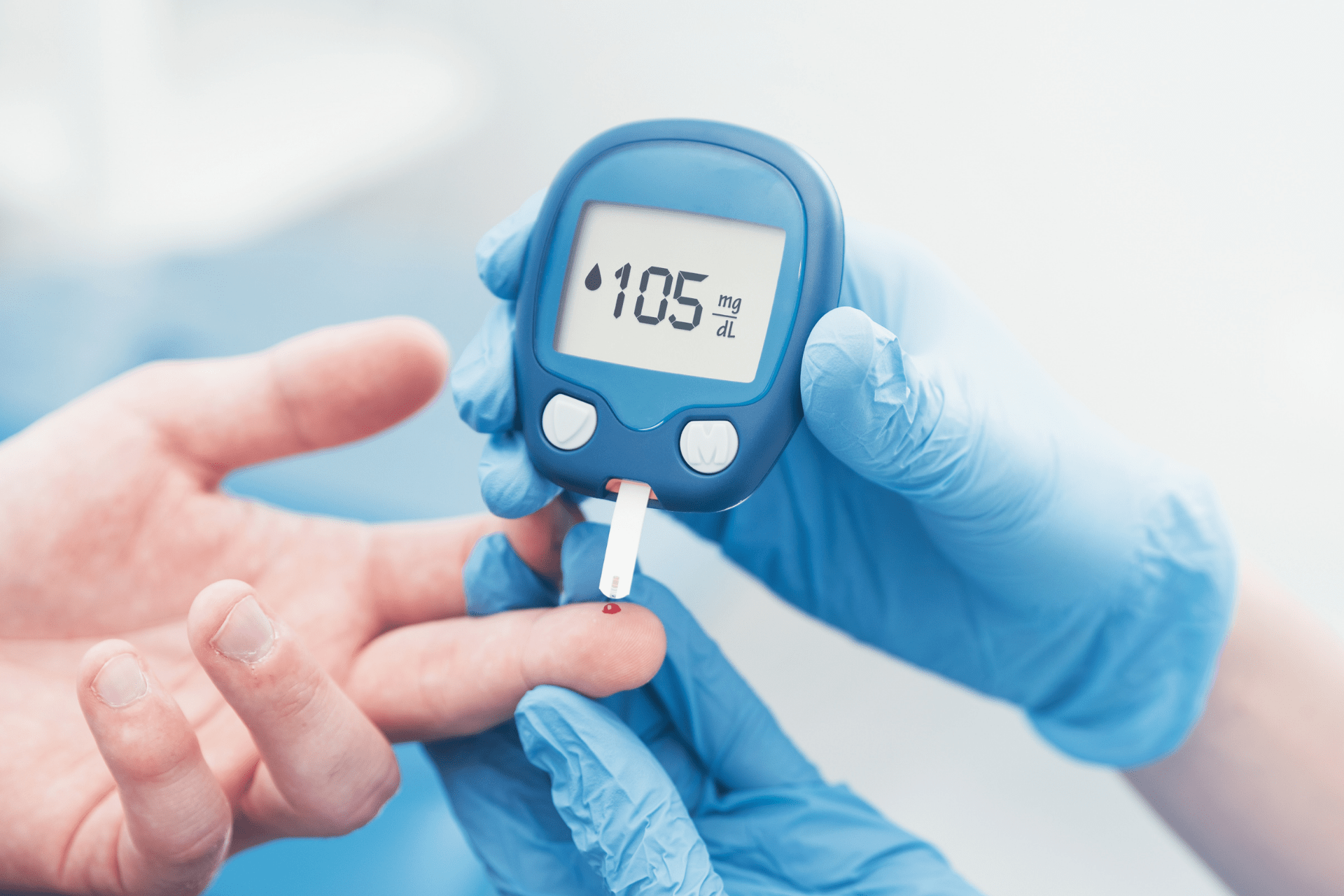
Diabetes, commonly known as diabetes mellitus, is a disease that affects insulin, a hormone that helps the body make glucose from the sugars in food to sustain itself.
WHAT YOU NEED TO KNOW
Type 1, type 2, and gestational diabetes are the three different subtypes. The most prevalent type is type 2, and both type 1 and type 2 instances are increasing.
Blood tests are used to diagnose diabetes.
Characterize Diabetes.
Diabetes happens when your body improperly uses food for energy. Insulin is a vital hormone that transports glucose, or sugar utilized as energy, to your body's cells. When you have diabetes, your body either produces no insulin at all or doesn't react to it. Your blood sugar levels will increase as a result, increasing your risk of serious consequences.
Type 1 Diabetes
The immune system targets and kills the cells in the body that make insulin in type 1 diabetes, an autoimmune condition. The prevalence of type 1 diabetes is increasing globally, with children under the age of five experiencing the highest increases.
When a person has type 1 diabetes, their bodies do not produce enough insulin, a hormone that helps the body turn glucose, a simple sugar, into energy. When the body's immune system erroneously destroys its own organs or tissues (an autoimmune process), type 1 diabetes results. Type 1 diabetes is characterized by the destruction of the insulin-producing beta cells in the pancreas. It is possible for symptoms to appear suddenly. Those who have type 1 diabetes could require daily insulin injections.
Type 2 Diabetes
A metabolic illness known as type 2 diabetes is brought on by the body's inability to produce enough insulin or to utilise it effectively. The most prevalent type of diabetes is type 2. The pancreas produces adequate insulin in type 2 diabetes, but the body struggles to make good use of it. Insulin resistance is a term used to describe this. As in type 1 diabetes, insulin production gradually decreases. Type 2 diabetes, which was formerly unheard of in children and teenagers, is now more frequently diagnosed in children and teenagers, which some research connects to rising rates of childhood obesity.
Gestational Diabetes
When a hormone produced by the placenta stops the mother's body from successfully utilising insulin during pregnancy, gestational diabetes develops. It is not brought on by a lack of insulin, but rather by other pregnancy-related hormones that may reduce the effectiveness of insulin. Following baby delivery, symptoms of gestational diabetes go away.
Prediabetes
Blood sugar levels are high but not to the point where diabetes is present in a person with prediabetes. People are more likely to acquire type 2 diabetes if they consistently have tests that reveal elevated fasting glucose. Tests for diabetes or prediabetes should be performed on anyone over 45. Individuals should be retested every three years if their first blood glucose test results are normal.
Those under 45 who have a body mass index (BMI) greater than or equal to 25 kg/m2 and several risk factors, such as a sedentary lifestyle, taking specific medications (including some antipsychotic, steroid, or diuretic medications), or have a family history of the condition should think about getting tested for prediabetes or diabetes.
Hypoglycemia (Low Blood Sugar)
Blood sugar (glucose) levels that are too low to support the body's regular functions are known as hypoglycemia. Hypoglycemia can be a standalone ailment, a side effect of diabetes, or a symptom of another illness.
Diabetes-related issues with blood sugar management can lead to:
Headaches
Increased thirst
Frequent urination
Increased appetite
Weight loss
Blurred vision
Fatigue
Dry mouth
Consult a pediatrician right away if your child exhibits any of the aforementioned symptoms.
Although type 1 diabetes can take years to develop, symptoms usually appear suddenly and without warning. A person with type 1 diabetes who is undiagnosed and mistreated runs the risk of developing a diabetic coma (ketoacidosis). Type 2 diabetes symptoms are identical to type 1 diabetic symptoms, but unlike type 1 diabetes, type 2 diabetes symptoms typically appear slowly and gradually.
Diabetes Diagnosis
One or more of the blood tests mentioned below can help a clinician identify diabetes:
Random blood sugar test: Conducted at any time, regardless of when you last had a meal.
The A1C test evaluates blood sugar levels over a period of time.
Blood sugar levels are measured via a fasting blood test following an overnight fast.
Blood levels are measured several hours apart during a glucose tolerance test to see how quickly your body breaks down the glucose in a particular beverage you consume.
Diabetes Treatment
Depending on the kind and severity of the diabetes, the following may be used as treatment:
monitoring blood sugar levels frequently using blood tests
Adapting one's way of life, including diet and activity
Drugs taken orally
Daily shots of insulin
People with any kind of diabetes must have regular physicals to track and manage any complications, such as eye issues, renal disease, cardiovascular disease, and neuropathy (damage to the nerves).